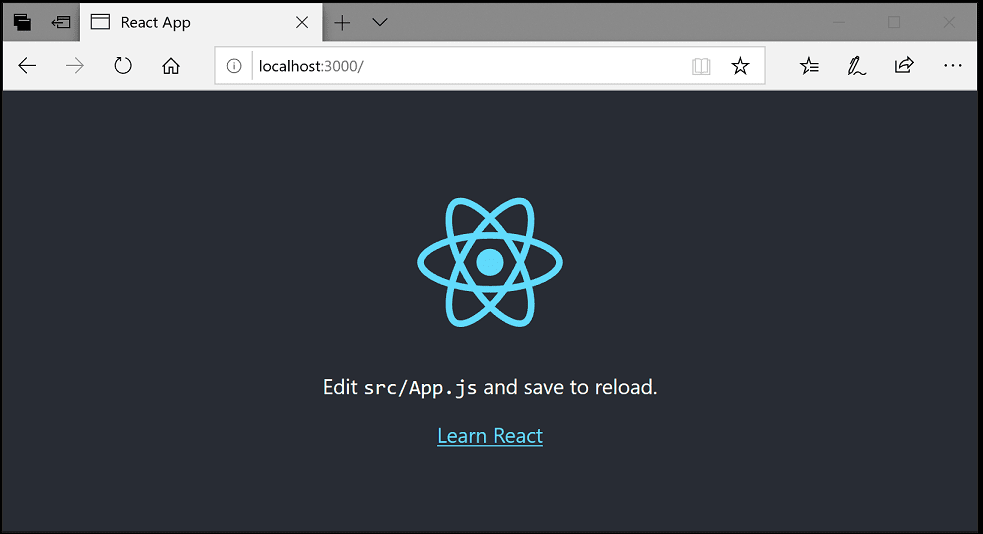

Now, say that Reactogram is available on three platforms: web as a single-page application and as a native mobile app for Android and iOS. From a customer perspective, Reactogram is that customer's product or service. You then would create an Auth0 tenant called reactogram. Let's say that you have a photo-sharing React app called "Reactogram".

What's the relationship between Auth0 Tenants and Auth0 Applications?
#React codebox how to
In the next step, you'll learn how to help React and Auth0 communicate. 🛠 Click the "Create" button to complete the process.
#React codebox free
7,000 free active users and unlimited logins.If you haven't already, sign up for a free Auth0 account → The best part of the Auth0 platform is how streamlined it is to get started by following these steps: Sign up and create an Auth0 Application
#React codebox install
🛠 Install the React project dependencies: npm install Connect React with Auth0 🛠 As such, clone the auth0 -react -sample repository on its starter branch to get started: git clone -b starter Once you clone the repo, make auth0 -react -sample your current directory: cd auth0-react-sample You can focus on building React components to secure your application. The starter application uses Bootstrap with a custom theme to take care of the styling and layout of your application. We have created a starter project using create -react -app to help you learn React security concepts through hands-on practice. You may also check out our React and Auth0 YouTube Playlist. ⏰⚡️ If you are short of time, check out the Auth0 React Quickstart to get up and running with user authentication for React in just a few minutes. Once your users log in successfully, Auth0 redirects them back to your app, returning JSON Web Tokens (JWTs) with their authentication and user information.

Your application will then redirect users to an Auth0 customizable login page when they need to log in. You first integrate your application with Auth0. With the help of Auth0, you don't need to be an expert on identity protocols, such as OAuth 2.0 or OpenID Connect, to understand how to secure your web application stack. There is an equivalent class-based file for every file created in this guide. If you need to implement any component from this guide using JavaScript classes, check out the auth0 -react -sample -classes repo as you read along. ⚠️ This guide uses React Hooks and function components to build a secure React application. You can now secure your React applications using security best practices while writing less code. The Auth0 React SDK provides a high-level API to handle a lot of authentication implementation details. This guide uses the Auth0 React SDK to secure React applications, which provides React developers with an easier way to add user authentication to React applications using a hooks-centric approach. You'll enhance a starter React application to practice the following security concepts: The focus of this tutorial is to help developers learn how to secure a React application by implementing user authentication. Look for the 🛠️️ emoji if you'd like to skim through the content while focusing on the build steps.


 0 kommentar(er)
0 kommentar(er)
